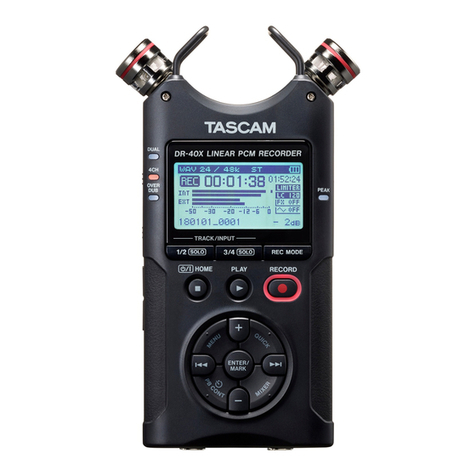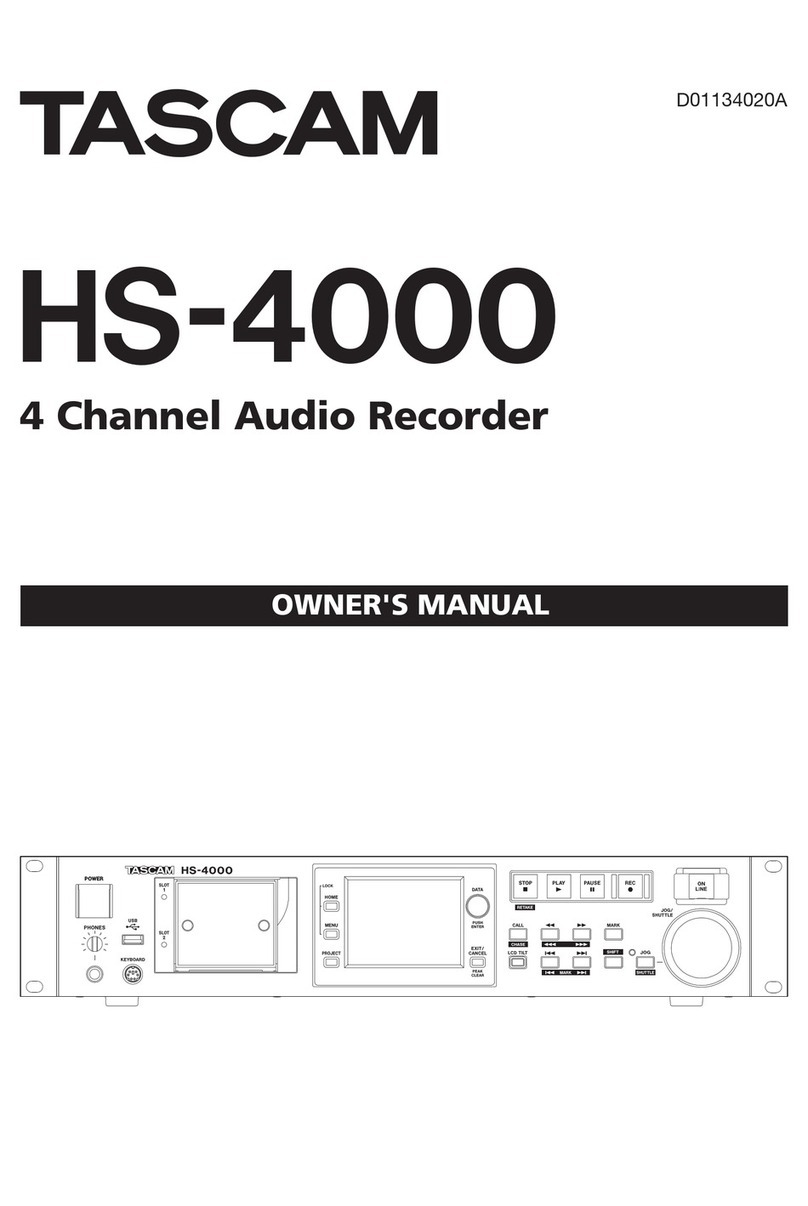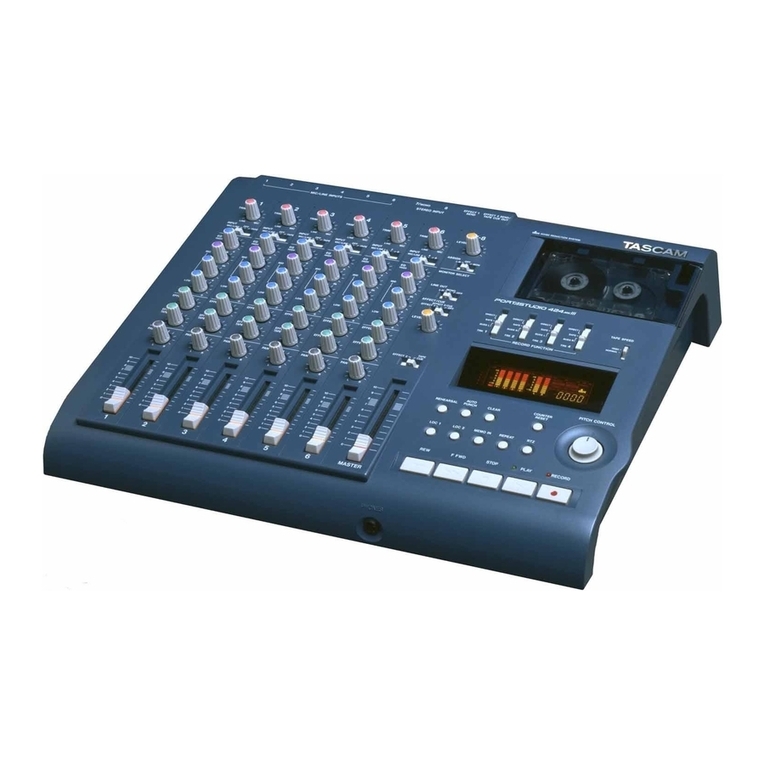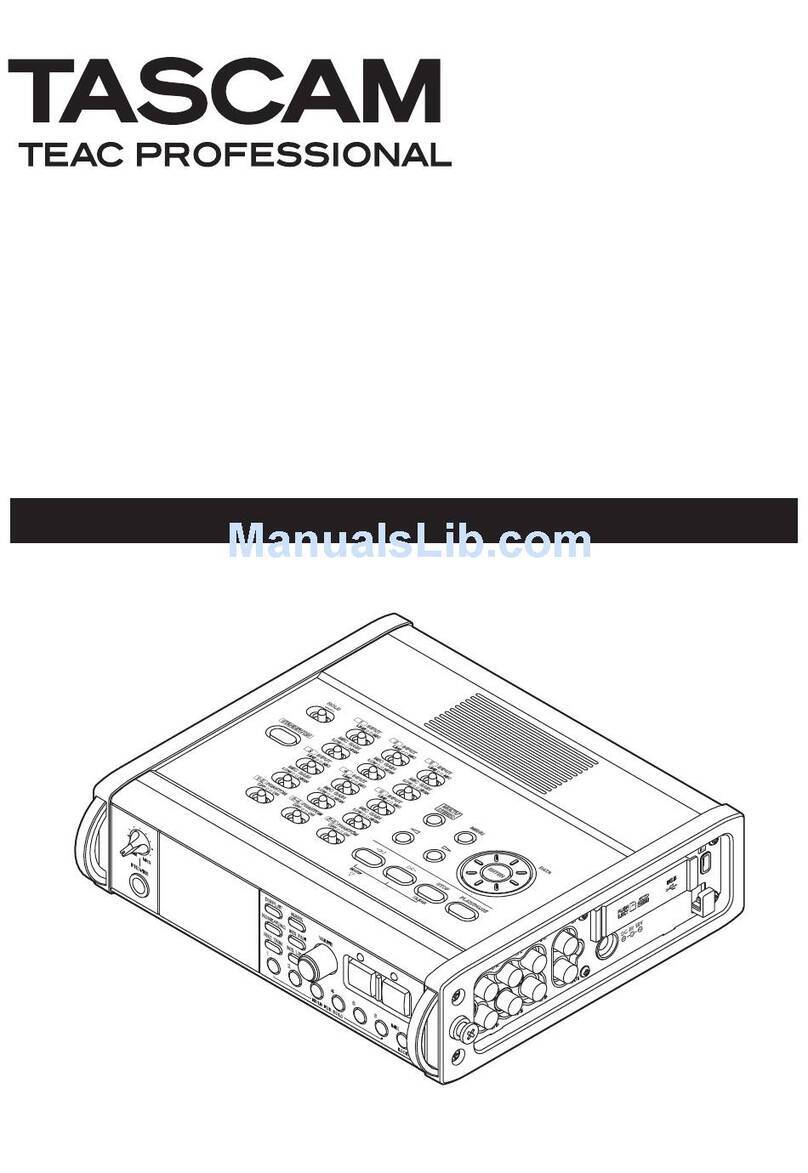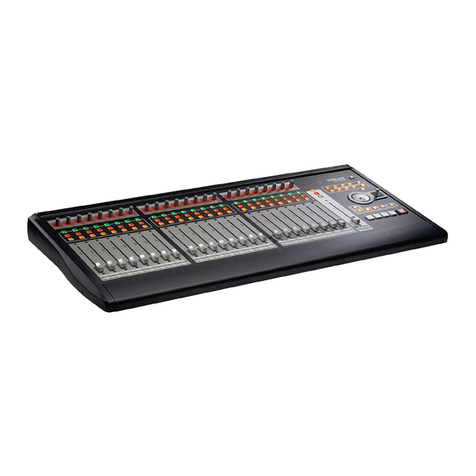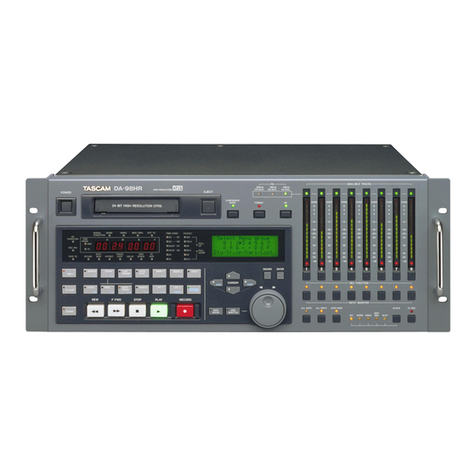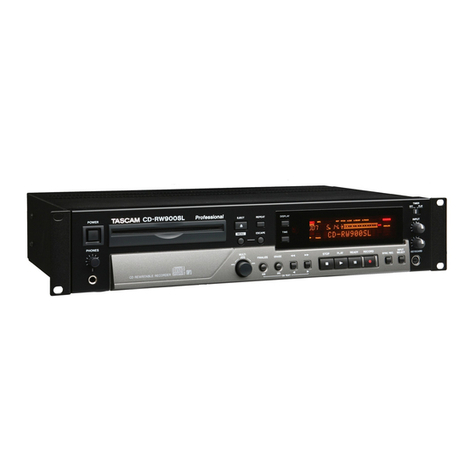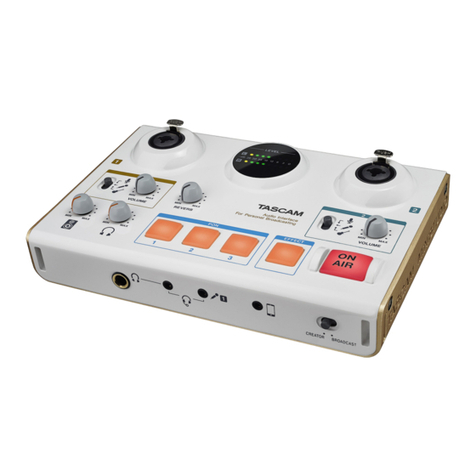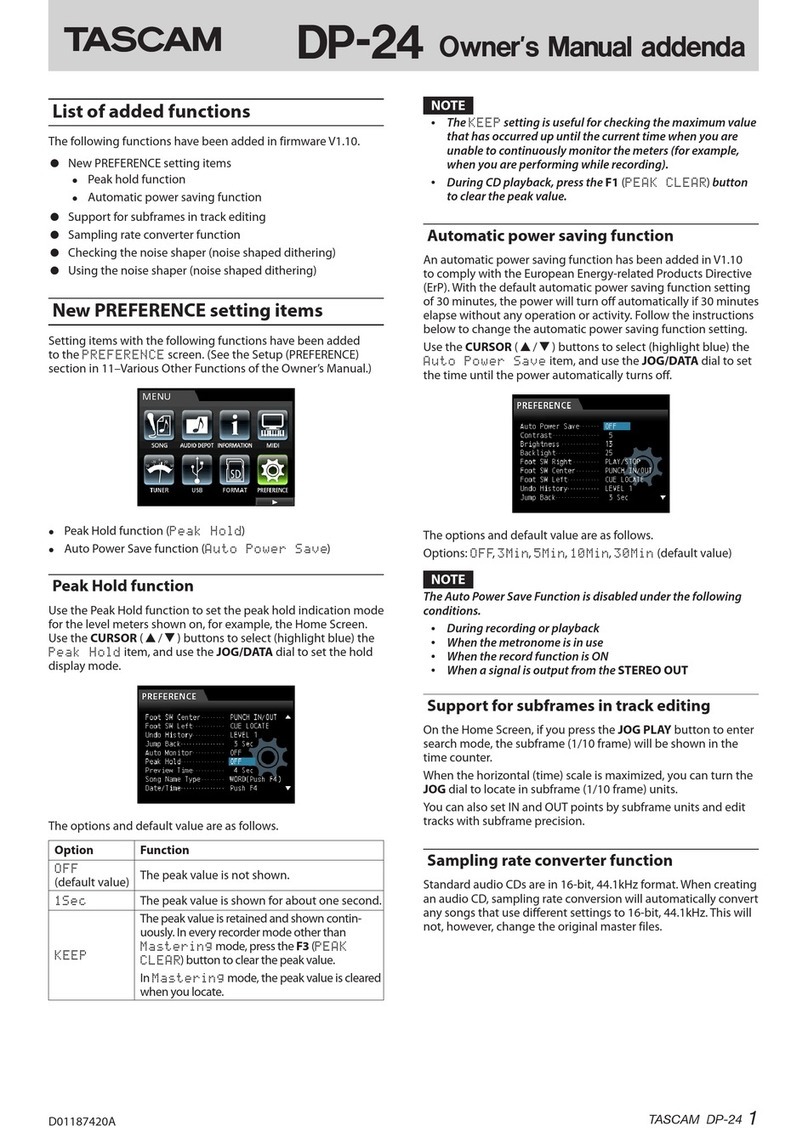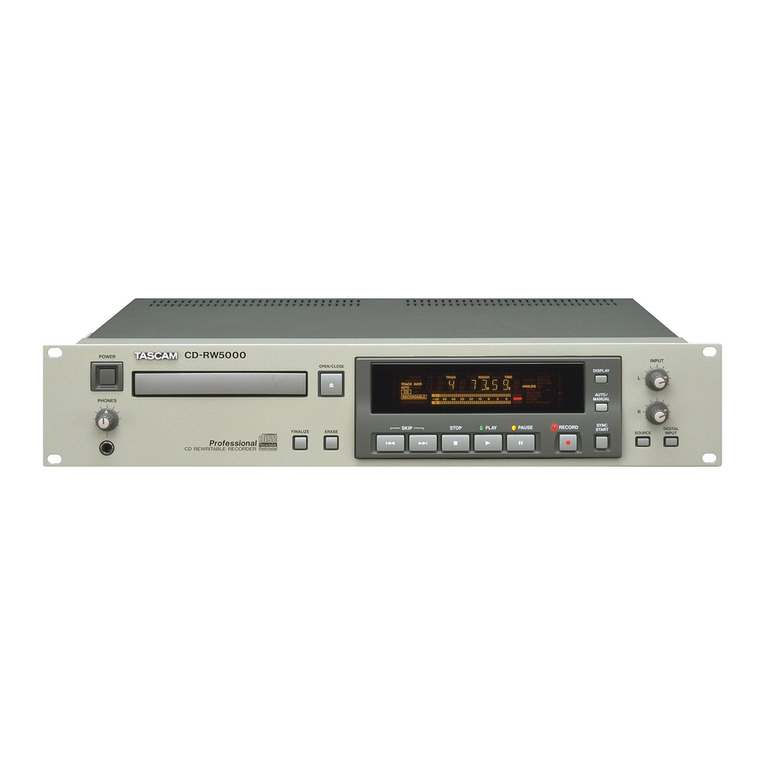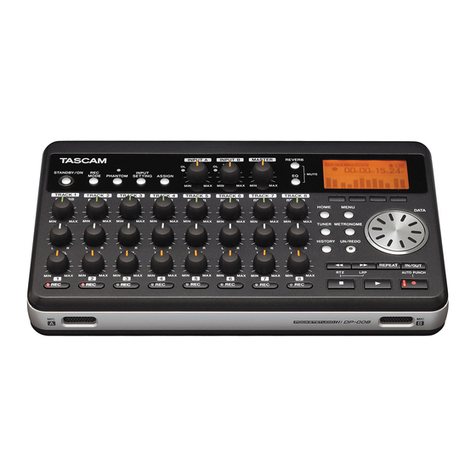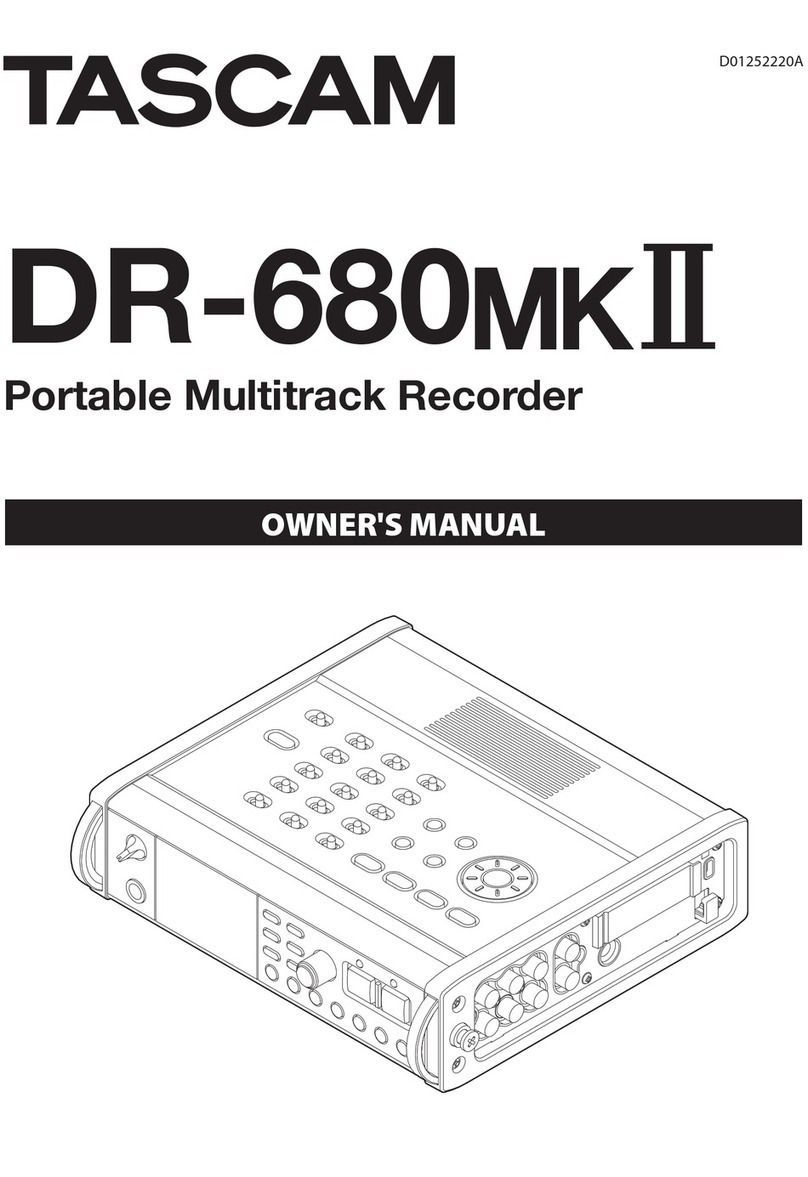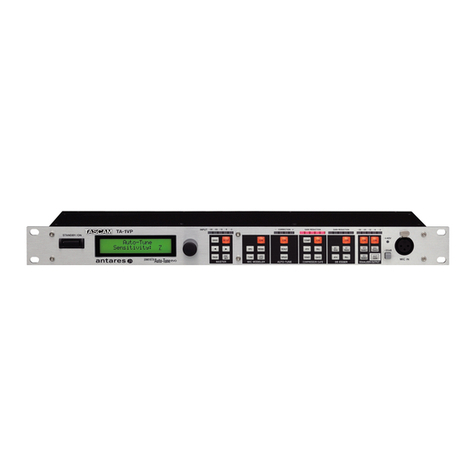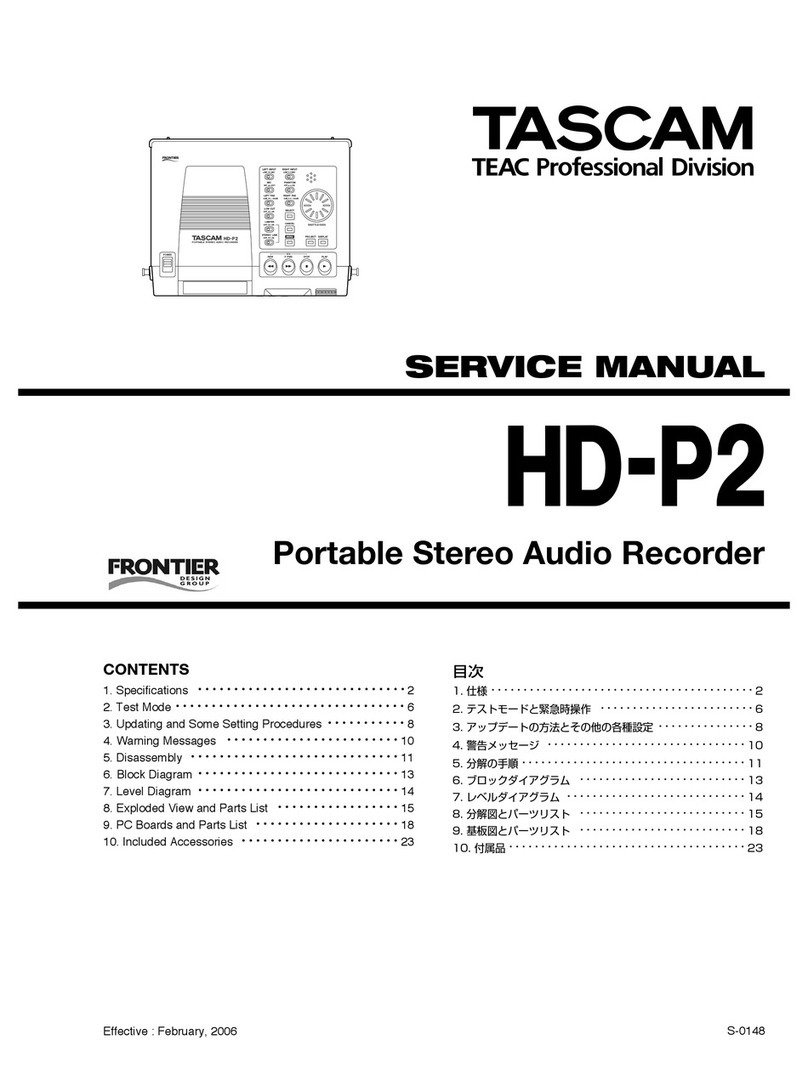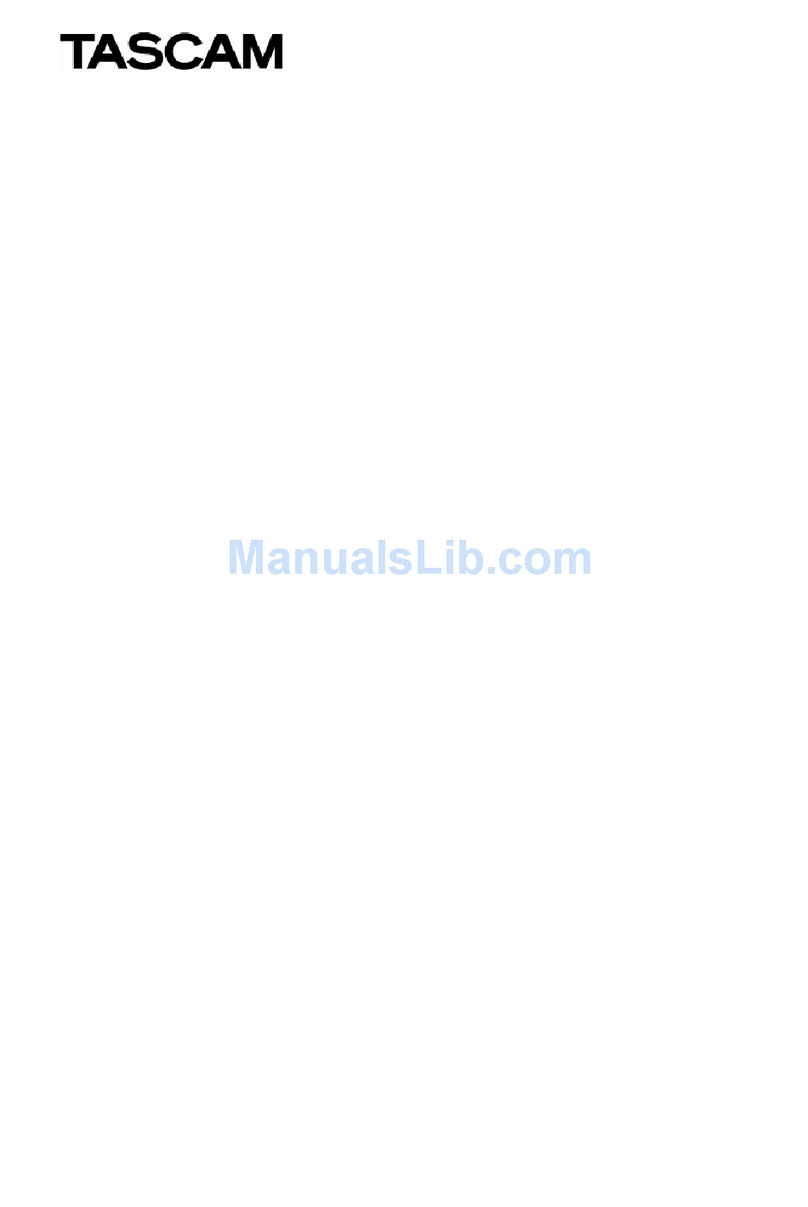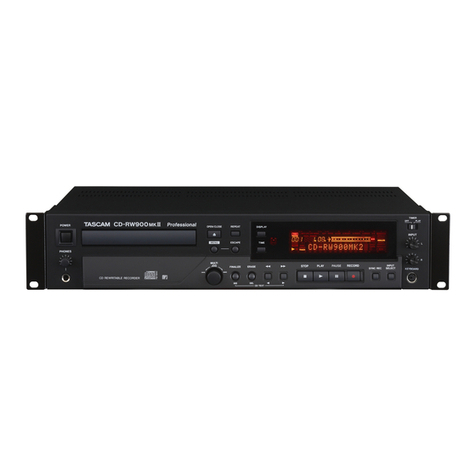
TAS CA M CC-222MKIV 5
Contents
1 – Introduction...................................... 6
Supplied accessories.................................... 6
Some notes, precautions and
environmental considerations.................... 7
Beware of condensation...................................7
Never use a stabilizer or printable discs..........7
Handling of compact discs................................8
About CD-R and CD-RW discs ....................8
About finalizing........................................... 9
“Recordable” discs.............................................9
About tapes ................................................9
About this manual....................................... 9
Use of the remote control unit................. 10
Batteries ........................................................... 10
Inserting batteries ................................................. 10
2 – Features of the CC-222@%^ ...........11
Front panel................................................. 11
Rear panel.................................................. 12
Display........................................................ 13
RC-222MKIV Remote control unit............. 14
3 – Menu operation ..............................15
Menu operation......................................... 15
Menu configuration .................................. 15
4 – Disc operations................................16
Simple playback operations ..................... 16
Time display modes......................................... 16
Track search...................................................... 16
Playback modes ......................................... 17
Random playback ............................................ 17
Program playback............................................ 17
Repeat playback ..............................................18
A to B repeat playback....................................18
Intro check ................................................. 18
Auto spacing.............................................. 18
Pitch control playback............................... 19
Key control playback................................. 19
Playing back MP3 files .............................. 20
About MP3 track data ........................................... 20
Directory playback setting .............................20
5 – Recording CDs .................................21
Input selection........................................... 21
Signal volume .................................................. 21
Input monitoring ............................................. 21
Sampling Frequency conversion ....................21
Basic recording ..........................................22
Time display while recording .........................23
Playing back tracks..........................................23
Restricting the number of tracks ...................23
Full disc.............................................................23
Recording to disc from the RIAA PHONO
inputs ......................................................... 23
Dubbing from tape to disc........................ 24
Dubbing to CD from the middle of the tape.24
Bypassing the INPUT level for dubbing.........24
Advanced recording .................................. 25
Setting the trigger level..................................25
Using the trigger level ....................................25
Synchronized recording ..................................26
Automatic track division........................... 26
To enable or disable automatic track division: ... 26
Manually divide track......................................26
Fade-in and fade-out ................................ 27
To set the fade times: ............................................ 27
To perform a fade-in:.......................................27
To perform a fade-out: ....................................27
Rec mute function ..................................... 27
Copy-protection ........................................ 27
6 – After recording............................... 28
Finalizing.................................................... 28
Unfinalizing CD-RW discs ...............................28
Erasing........................................................28
Erasing tracks...................................................29
Erasing a whole disc........................................29
Refreshing a disc..............................................29
7 – Cassette operating ......................... 30
Playback operations ..................................30
Continuous tape/CD playback........................30
Recording operations................................ 31
Dubbing tapes from the CD deck............. 31
Dubbing to tape from the middle of a CD ....32
Recording tapes from the PHONO deck .. 32
Other recording features.......................... 32
Recording silences between items.................32
Erasing tapes....................................................32
Other tape functions and features .......... 33
Tape counter ....................................................33
Pitch control .....................................................33
OUT2 setting (TAPE or AUTO) ........................33
8 – Reference and specifications......... 34
Error messages ..........................................34
Messages displayed during normal
operation ...................................................34
Specifications............................................. 35
CD recorder section.........................................35
Cassette recorder section ...............................35
Phono input and headphones........................36
General specifications.....................................36
Dimensional drawing................................ 37
